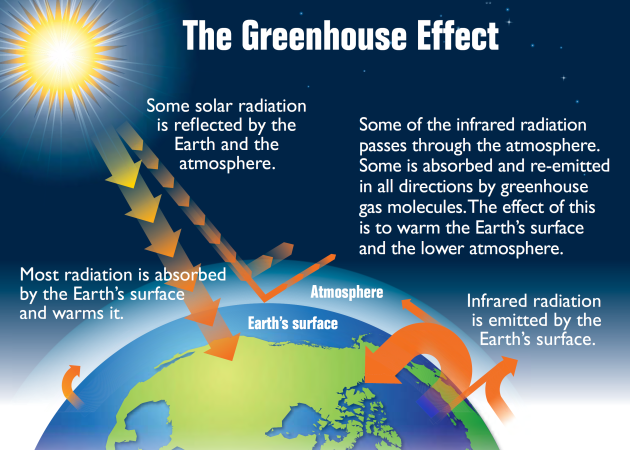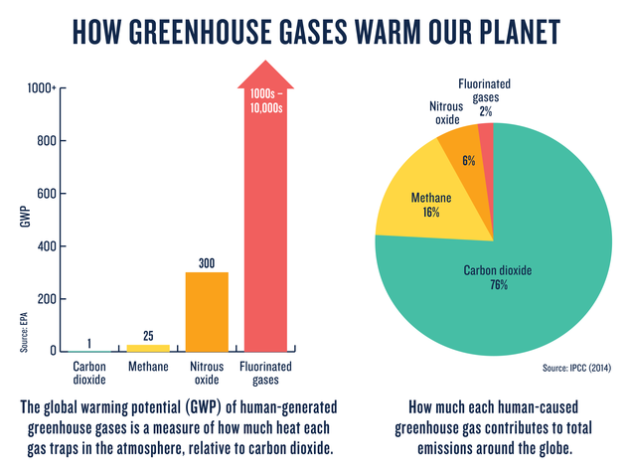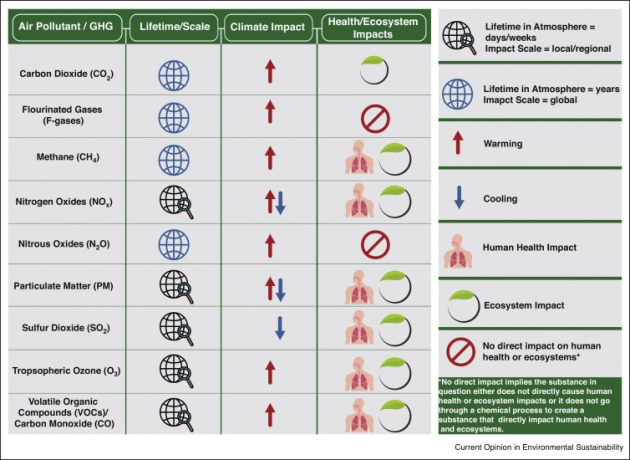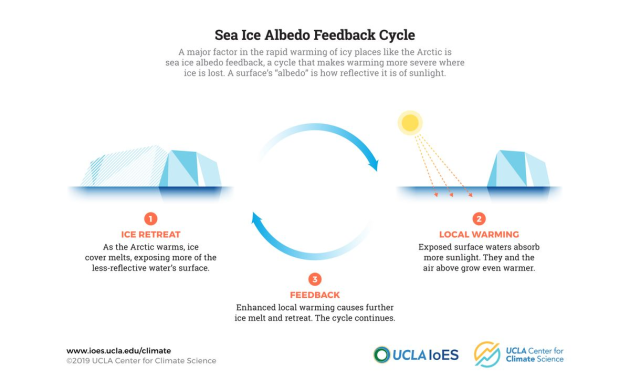The climate system
Objectives
Explain the difference between weather and climate
Know how the climate system works
Understand the greenhouse effect and learn the main greenhouse gases
Understand the albedo effect
Introduction: What is the difference between weather and climate?
Quotes
The notions of “weather” and “climate” are sometimes confused when discussing the subject of global warming. Read the quotes below and think about the differences between the two concepts:
"The climate is what we expect, the weather is what we get."
"The weather is to a football match what the climate is to the whole history of the League"
"The climate tells you what clothes to buy, the weather tells you what clothes to wear."
"What is the most worrying? + 10 ° C between two days or + 1 ° C throughout the year? "
Définition :
Weather: Atmospheric situation in a certain place on a certain date.
Climate: Set of meteorological phenomena that characterize the average state of the atmosphere in a given location. In other words, it is the “average weather” over a period ranging from a few months to millions of years.
Exceptional weather episodes (occurrence of a harsh winter or a rainy summer) only illustrate the variability of the climate in the short term (at the scale of a season, or a year). This does not change the long term warming trend.
How is the climate regulated?
The sun is the greatest source of energy on Earth. Part of solar radiation is absorbed by the earth's surface (50%). The other part of the radiation is absorbed by the atmosphere (20%) or reflected in space (30%) thanks to the clouds and the clear surfaces of the Earth (glaciers, snow, deserts ...). The absorbed rays heat the earth's surface.
The more the surface heats up, the more it emits significant infrared thermal radiation. This radiation carries heat, part of which is returned out of the atmosphere.
The other part of the radiation is trapped by clouds and certain gases and gets stuck on the surface, this is called the greenhouse effect.
The temperature of the Earth adjusts to find a balance between the energy of the sun absorbed and that re-emitted in the form of infrared radiation, thus allowing an average temperature of 15 ° C. Without greenhouse gases, the global average temperature would be -18 ° C.
The greenhouse effect allowed the appearance of life on Earth. However, the increase in greenhouse gases as a result of human activities has greatly increased the proportion of infra red radiation retained, resulting in an increase in the global temperature of more than one degree.
Greenhouse gases
Definition
Greenhouse effect: Thermal phenomenon by which the atmosphere, made "impermeable" by the presence of gas, reflects infrared radiation towards the earth's surface, thus causing global warming.
Carbon dioxide (C02):
The accumulation of CO2 in the atmosphere contributes 2/3 of the increase in the greenhouse effect caused by human activities (combustion of gas, oil, deforestation, cement factories, etc.). This is why we measure the effect of other greenhouse gases in CO2 equivalent (CO2 eq).
Methane (CH4):
Ruminant farms, flooded rice fields, landfills, and oil and gas operations are the main sources of human-induced methane. The lifespan of methane in the atmosphere is of the order of 12 years.
Water steam
Water vapor is the third most abundant gas in the atmosphere and the leading greenhouse gas. Water steam is not the engine of global warming, but it contributes to it through an amplifying effect. Indeed, the increase in the concentrations of gases such as CO2 and CH4 leads to an amplification of the greenhouse effect, and therefore to a rise in temperatures. However, in a warmer atmosphere there may be more water vapor. The rise in temperatures therefore leads to an increase in atmospheric water vapor concentrations. Since water vapor absorbs infrared radiation, there is a strengthening of the greenhouse effect, which leads to a further increase in temperatures.
Albedo effect
Definition
Albedo is a dimensionless quantity, representing the fraction of the global solar energy reflected by a surface. It is expressed as a percentage or by a number between 0 (all light is absorbed) and 1 (all light is reflected). If the Earth were for example covered with water (low albedo of about 0.08), its average temperature would be around 32 ° C! Moreover, if it was completely covered with ice (albedo 0.6), this temperature reaches -52 ° C.
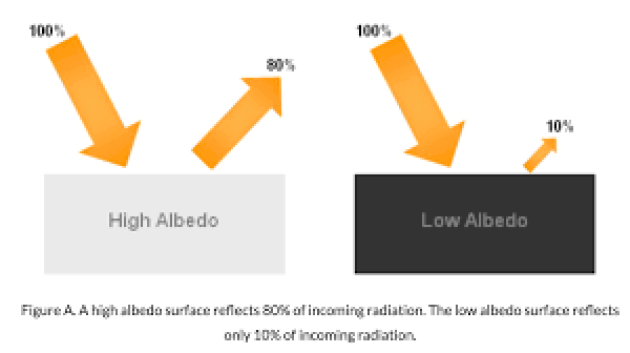
Albedo et climate change
With the increase in temperature at the surface of the globe, the problem of the increase in albedo arises. In fact, the melting of the ice floes causes a decrease in the ice-covered and snow-covered surface of the planet and increase surfaces corresponding to bare soils or oceans, which have a lower albedo.
Therefore the Earth returns a smaller part of the solar energy received, which contributes to the increase in temperature in a feedback cycle:
To go further :
Exercise on the greenhouse effect and the albedo effect:
https://climacol.scenari-community.org/collesClimat_web/co/200527_Effet_Serre_Base.html
